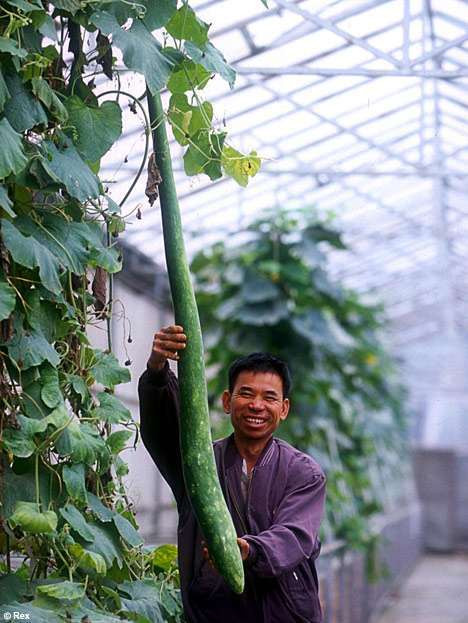Scientists Baffled by Superfast Growth of Space Station Cherry Tree

Scientists are baffled by the amazingly fast growth of a tree that grew from a cherry stone sent into space.
The stone was harvested from an ancient 1,250-year-old Chujohimeseigan-zakura cherry tree at Ganjoji Temple in the Gifu Region of Japan. Japanese astronaut Koichi Wakata took the stone up to the International Space Station in 2008 where it orbited the earth 4,100 times before Wakata returned it to the temple in 2009. Wakata is now commander of the ISS.
The moon setting on the blue earth atmosphere. pic.twitter.com/ZyTVD5ockm
— Koichi Wakata (@Astro_Wakata) February 21, 2014Monks at the temple contacted scientists because the sapling has already soared to 12 feet (3.66m) tall, far quicker than the usual rate of growth. And, whereas cherry trees usually take around 10 years to blossom, the sapling is producing flowers after just four years.

The sapling has produced 10 buds that opened into flowers, each with five petals – which is normal for a cherry tree but unlike those of the "mother" tree, whose flowers have around 30 petals. Experts think the young sapling may have "reverted" to the normal characteristics of the Yamazakura species.
Japan Manned Space Systems devised the "Space Cherry project" to give Wakata an experiment with a Japanese flavour. In Japan, the flowering of cherry trees is seen as the harbinger of spring, and the blossoms' short life as a reminder of our own brief time on the planet. The ancient tree was chosen because in the past it had proved difficult to produce trees from its fruit.
Scientists are baffled as to why the cherry tree is performing so strangely.
Kaori Tomita-Yokotani from the University of Tsukuba said: "It is difficult for us to judge why this has happened, but one reason the tree has grown so fast may be related to space rays. We have to study this further and repeat our experiments on Earth to try to understand the mechanisms at work."
One reason the tree has grown so fast may be related to space rays
In similar experiments, Chinese researchers have discovered that seeds sent into space produce far larger vegetables: 2ft (60cm) cucumbers, 20lb (9kg) tomatoes and giant melons have all been produced and scientists believe one day the experiments may help to feed the world.
Researchers have sent a variety of species into space, including spiders, which were studied to see how they adapted to zero gravity. Although the spiders managed to build webs in space, they do not seem to have grown at the rate of the Ganjoji Temple cherry tree when returned to Earth.
Not yet.
© Copyright IBTimes 2024. All rights reserved.























